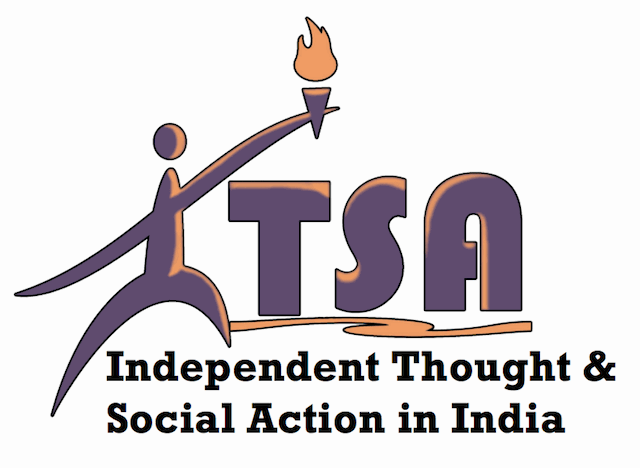After
nearly 6 weeks of living together in the ITSA house, the thought of home-stays,
of separating from the house and each other, was daunting for some of the seven
ITSA interns. I was excited to be welcomed into someone else’s home and curious
about my home-stay family, but I was also nervous to leave the area we all knew
so much about—to say goodbye to the chai wallah on the corner who I buy tea
from each morning and to the little street-food shop down the street where we
buy midnight snacks, pav vada and veg puffs. More than anything, I was sad to
not be living with the other interns, who by now are an adopted family. The
thought of saying goodbye to our late night chats, our morning race for honey
cornflakes, our movie nights and Bollywood music sharing sessions, the thought
of moving out, was difficult.
Of
course my being nervous didn’t change the fact that, when Saturday rolled
around, the team was dropped off one by one at our respective host families.
The wonderful Hilary, an India team member, explained to my family my spice
requirements and the hours I’ll spend at the office, hugs abounded, and then I
was alone with my host family.
It’s
different living in someone else’s home, rather than your own, but also
wonderful; the amazing home-cooked food (often way too much of it, the food is
too good to refuse!), experiencing new fun things (like playing Quarm for the
first time, which I was horrible at!), and, most of all, getting to be a part
of a new family. In trying to integrate myself into my host family’s lives and
world, I’ve learned so much about daily life in Ahmedabad that I hadn’t seen or
known before.
My
family, for example, is Jain. Growing up loosely somewhat Christian, sort-of
Jewish, and mostly ethical humanist (check it out: http://en.wikipedia.org/wiki/Ethical_movement), I’ve never been seriously religious or
spiritual. Spending time with them, whether it be in the morning when my host
father does blessings around the house, in the evening when we go to temple, or
just seeing how hard they work to protect each creature (Jains are pure veg and
don’t kill any animal, including bugs), has allowed me to imagine a childhood
experience much different from my own. One where I grew up surrounded by
tangible religion, in as small a sense as incense burning in every store and as
large as the Hindu prayers done in schools. One where I grew up believing
wholly in that religion. One that is very different from the, often more
cultural than religious, reform Judaism (and other religions) I grew up around
in New York.
It has
been really powerful for me to see and interact with the dynamics, on a
mechanical and personal level, and values of my host family, not just in order
to reflect on their positioning within Ahmedabad’s culture (i.e. how can this
family teach me about what it’s like to grow up and live in Ahmedabad?), but
also to examine my own upbringing. In speaking to my host family and host
student about every topic under the sun, I’ve noticed different forms of
cultural and familial indoctrination that I’ve been raised with, as well as
freedoms (or lack of indoctrination) I’ve received as part of my upbringing.
So, even
if moving out was scary, even if saying goodbye to my chai wallah and street
food vendor was hard, and even if no longer living with the other interns is sad,
my home-stay experience has been really meaningful so far (as well as fun!).
Being truly immersed in the lives of a family, including sharing a room and going
to school one day with my host student, as well as eating meals with my host
family, has been challenging, thought-provoking, and, at the end of the day, a
chance to learn about myself and others in a personally powerful way.





